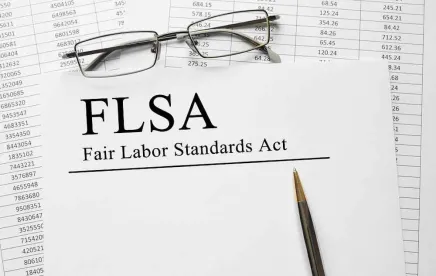On May 5, 2021, the U.S. Department of Labor (“DOL”) announced it is officially withdrawing, effective May 6, 2021, the rule promulgated under the Trump administration addressing the standard to determine whether an individual is properly classified as an employee or an independent contractor under the Fair Labor Standards Act (“FLSA”). The rule, which was rolled out two weeks before the end of President Trump’s term, was initially scheduled to take effect on March 8, 2021 but was delayed by President Biden until May 7, 2021.
Had the rule become effective, it would have revised the DOL’s test for determining worker status under the FLSA to focus on two “core factors” (the worker’s control and opportunity for profit and loss) and three other “guidepost” factors. In withdrawing the rule, the DOL stated, among other things, that: it believed the rule was inconsistent with the FLSA’s text and purpose; the rule’s emphasis of two “core factors” for determining employee status would have undermined the longstanding balancing approach of the economic realities test; and it would have resulted in workers losing FLSA protections since it would have narrowed the facts and circumstances comprising the analysis of whether a worker is an employee or an independent contractor.
The DOL has not proposed a new independent contractor rule, relying instead upon the economic realities test to determine worker status under the FLSA. Derived from the U.S. Supreme Court’s decisions in United States v. Silk, 331 U.S. 704 (1947) and Rutherford Food Corp. v. McComb, 331 U.S. 722 (1947), the economic realities test balances several factors, including:
-
The employer’s versus the individual’s degree of control over the work;
-
The individual’s opportunity for profit or loss;
-
The individual’s investment in facilities and equipment;
-
The permanency of the relationship between the parties;
-
The skill or expertise required by the individual; and
-
Whether the work is “part of an integrated unit of production.”
As a result of the withdrawal of the proposed rule, there is still no bright-line rule for weighing the FLSA factors. Further, a worker’s classification may be different under the FLSA than it is under various state laws, the National Labor Relations Act and/or the Internal Revenue Code. Employers should continue to take steps to ensure proper classification of their workers, and remain cognizant of and comply with applicable state and local laws, which may be different than federal law.




 />i
/>i

